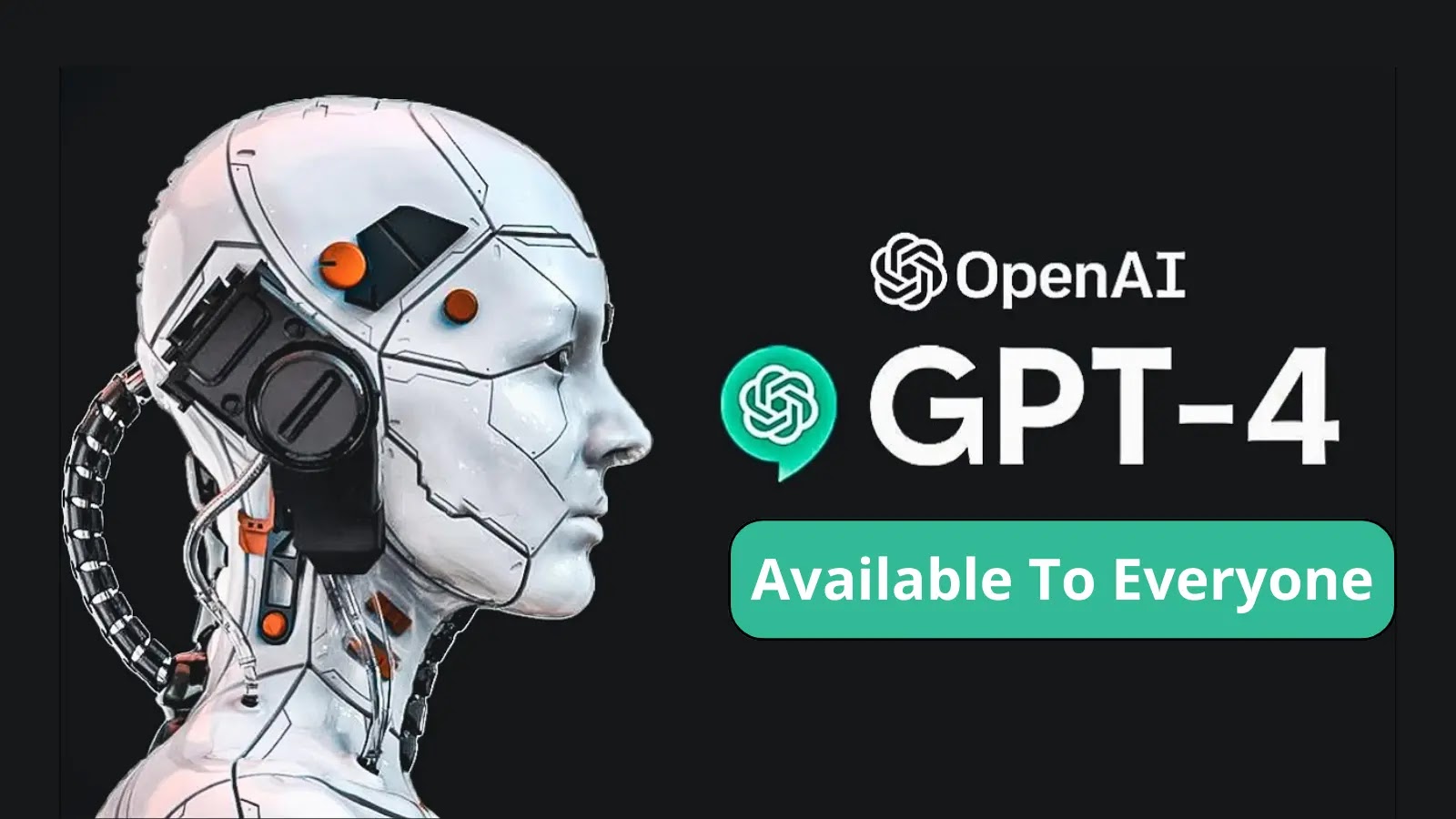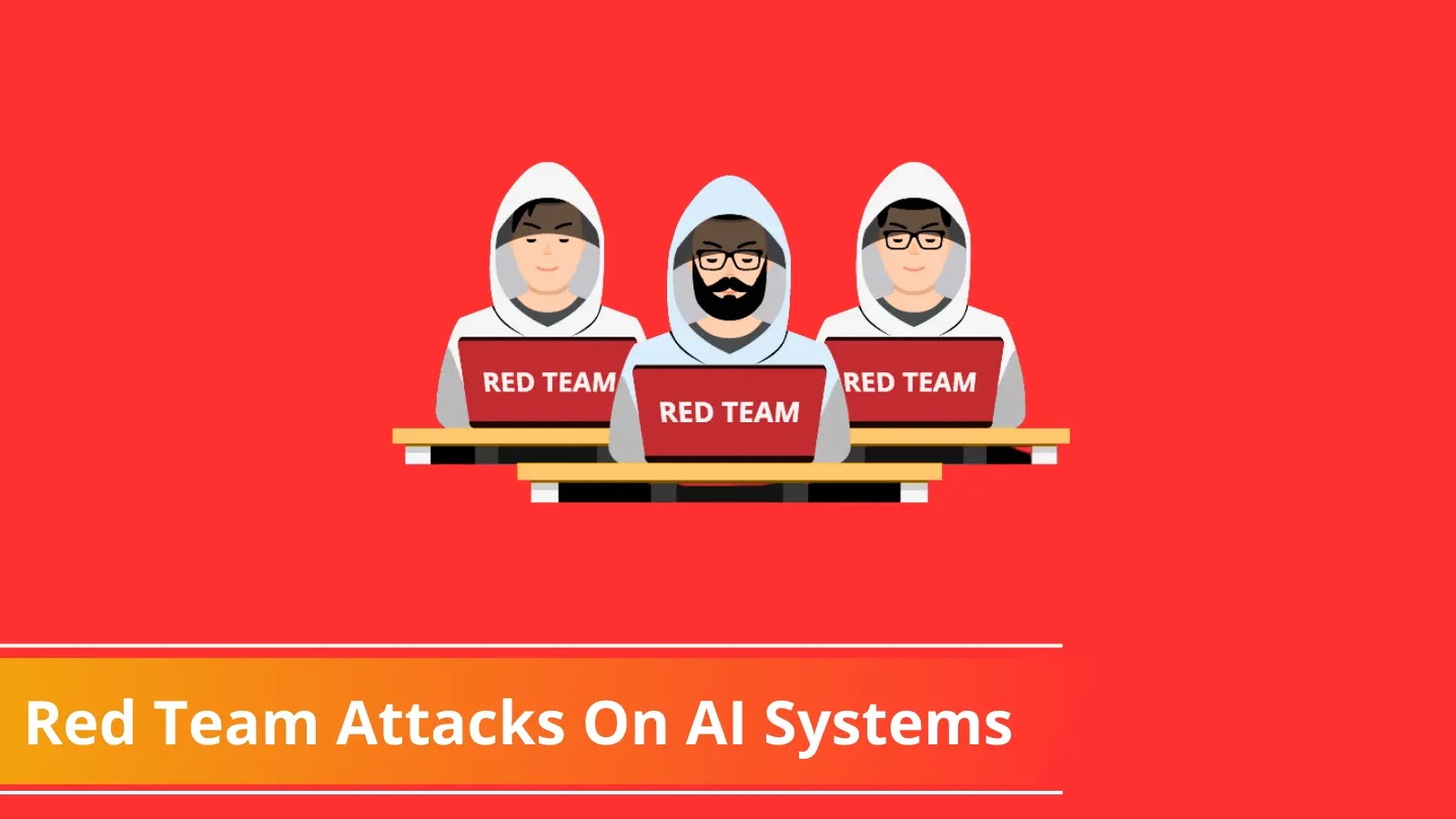GPT-4, OpenAI’s newest text-generation model, is now generally available through its API. As part of its upgrade, the company also made GPT 3.5, DALL-E, and Whisper available.
“Whisper” refers to OpenAI’s speech-to-text model, while “DALL-E 2” is the company’s image-generating model.
Additionally, OpenAI has said that starting in early 2024, it would stop using older models in the Completions API.
“Today all existing API developers with a history of successful payments can access the GPT-4 API with 8K context”, the company announces.
“We plan to open up access to new developers by the end of this month and then start raising rate limits after that depending on compute availability.”
Additionally, the business stated that it is planning to securely enable fine-tuning for GPT-4 and GPT-3.5 Turbo and anticipates making this capability accessible later this year.
New Improvements in GPT-4
With the launch of GPT-4, OpenAI’s text generation technology has advanced significantly. In contrast to its predecessor, GPT-3.5, which could only handle text inputs, GPT-4 can receive text and picture inputs as well as create text (including code).
These new features open up an abundance of new choices for developers, enabling them to create chat-based models that can support a wide range of application situations.
A level of competency equivalent to human capabilities is demonstrated by GPT-4’s performance on several professional and academic standards, which is indicative of OpenAI’s dedication to excellence and is demonstrated by GPT-4’s performance.
GPT-4, like every other generative AI model, is not 100% accurate. It would occasionally “hallucinate” facts or commit logical mistakes, but it would always be sure of itself.
Furthermore, because GPT-4 is incapable of learning from its mistakes, it could be challenging to solve complicated problems like adding security flaws to its generated code.
Not all OpenAI clients currently have access to the image-understanding feature. Be My Eyes is the only partner OpenAI is testing it with at this time. However, it hasn’t said when it will make it available to a larger consumer base.
The Chat Completions API, in particular, gives developers the ability to create conversational experiences and a wide variety of completion tasks due to its structured interface (e.g., system messages, function calling) and multi-turn conversation capabilities.
Since user-provided content and instructions may be architecturally separated, it also reduces the possibility of prompt injection attacks.
Discarding Outdated Models
Older OpenAI models, notably GPT-3 and its variations, will no longer be supported as of January 4, 2024, and will be replaced by new “base GPT-3” models, which one would assume are more compute-efficient.
By January 4, developers using the old models will need to manually upgrade their integrations, and beyond that date, developers utilizing improved old models will need to fine-tune replacements on top of the new basic GPT-3 models.
“We will be providing support to users who previously fine-tuned models to make this transition as smooth as possible,” OpenAI wrote.
“In the coming weeks, we will reach out to developers who have recently used these older models, and will provide more information once the new completion models are ready for early testing.”
Hence, with the public release of GPT-4, OpenAI has made major strides toward its mission of improving artificial intelligence.
Developers from all around the world will now have access to GPT-4’s capabilities, providing them the chance to build creative apps that are also aware of their surroundings.























